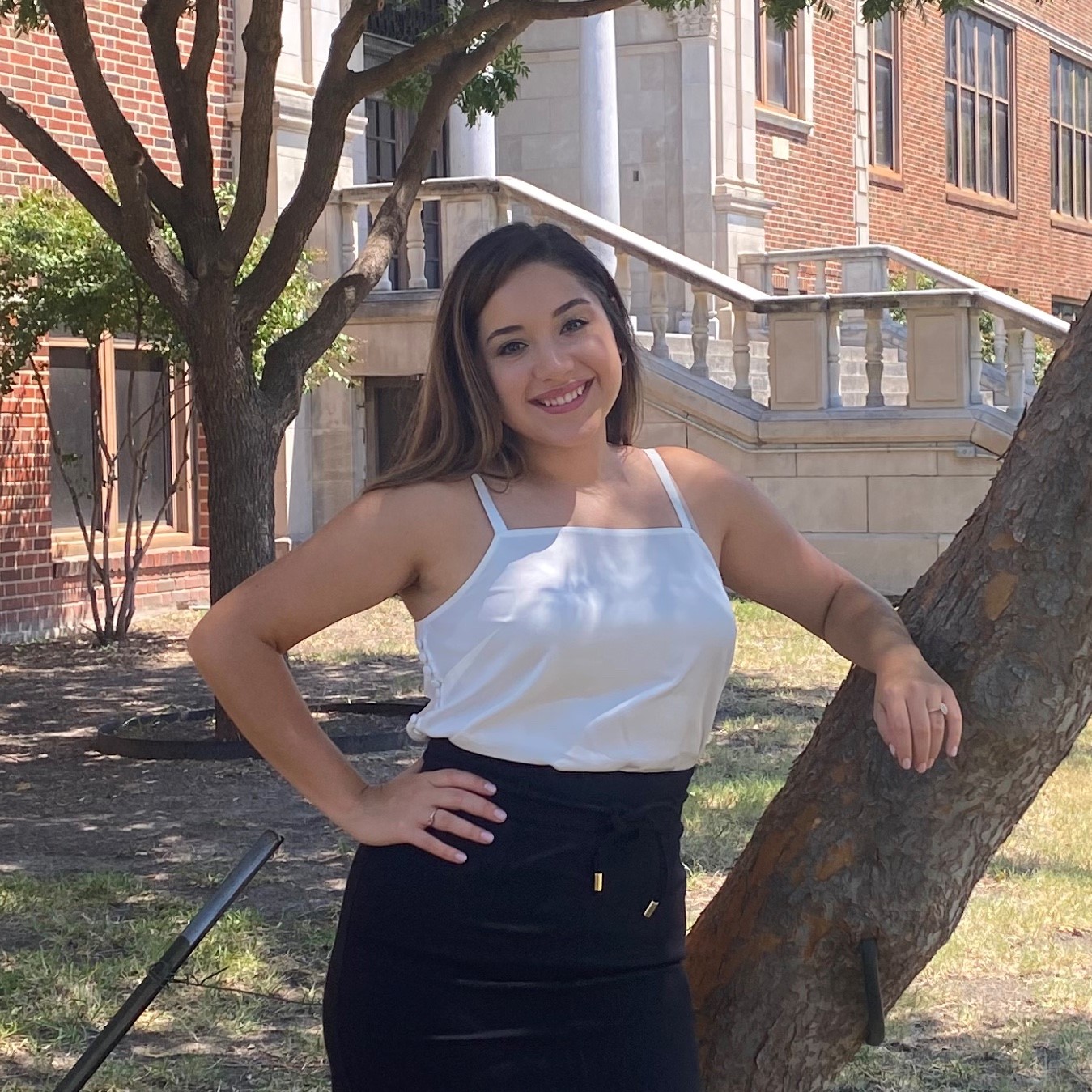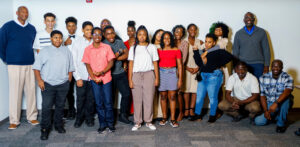
Working parents across the country are finding themselves in a troublesome limbo where school districts are carefully deciding whether in-person classes are safe. Without a coordinated federal response, every major city has set up unique regulations and triggers for the possibility of going fully remote. On November 18th, Mayor Bill de Blasio announced that New York City’s trigger was hit. This city dealt with a 3% positivity rate over a seven-day average, alerting the city council to close the entire public school system the following day. These volatile periods create a level of uncertainty for DFW teachers where they must adapt to new schooling formats, prioritization on remote learning, and changing health protocols. While teachers are busy focusing on the daily changes that pop up in their profession, they still remember how past recessions impacted classrooms. During the Great Recession, our country lost over 120,000 teaching positions and public schools were in desperate need for federal support. Can anything be done to ensure the retention of teachers when they’re needed the most and is there any positive outlooks on education in a post-covid world? I reached out to Monica Reyes, a passionate and dedicated third year mathematics teacher at North Dallas High School, to discuss the implications for teachers during this pandemic.
Rick Hess, a scholar at the America Enterprise Institute, issued a report stating that a generous per-pupil expenditure for remote learning is around $5,200 but the per-pupil expenditure for in-person schooling is $13,600. With the cost benefits of remote learning becoming more attractive, how have you been able to use digital tools to compliment your teaching style versus hindering it?
We had a few weeks before the school year started for professional development, where we were trying to figure out what needed to be done. This situation was unprecedented, and we had to figure out a lot of various strategies never thought of before. I feel like the real magic happened as the school year progressed. The first three weeks of school were completely virtual, meaning that only the teachers were on the campus and the students were home. After the first three weeks of school, teachers were expected to teach a hybrid model. This consists of a teaching face to face in a classroom while also teaching students virtually – all at the same time. It’s hard to juggle but it really helps to use a couple different platforms and have technology organized in a certain way. I teach Algebra 1 (ninth grade level course) and the platform I primarily use is the website called Pear Deck. We learned this application over the summer through the district’s various professional development courses. A coworker of mine started using Pear Deck in summer school and really advocated the resource (which is like an interactive PowerPoint). You can change any slide to be interactive, so kids are able to answer questions in real time. It’s an app on Google Slides, which allows us to put the Pear Deck program in presentation mode. The kids in person and my kids at home are viewing the exact same screen at the same time. Annotations through Zoom are connected which allows me to write in front of my students, much like a teacher at a whiteboard. I use an additional iPad for attendance, to check on students’ progress, to move the Pear Deck slides along and to show call student work. Managing a virtual world can be difficult on top of all the other responsibilities a teacher has, but prioritization and helpful tools really smooths the transition.
After Katrina, the city of New Orleans essentially had to eliminate attendance zones and switch to school choice because the returning population was too dispersed for any “zone” to have enough students. Do you see COVID-19 creating public support for any specific educational programs?
I would say food insecurity is a huge topic because schools are a big part of children’s diets. They eat breakfast, lunch, and oftentimes an afternoon snack all provided by our schools. Sometimes they’re not getting food at home, so I’ve noticed a huge push for food drives that offer food pickups. DISD is encouraging parents to pick up a weeks’ worth of food for their virtual students. It’s literally a week’s worth of food comprised of drinks, breakfast, lunch and snacks. Of course, there’s always been food drives, but COVID has seen a spike of food pickup options. COVID has resulted in at least one positive thing and that’s an appreciation for the importance of public schools. We are a crucial part of society that provides children’s education, well-being and nourishment. We deal a lot with their social lives as well. For example, every Friday I tell my students to go do something fun over the weekend. I don’t want my students cooped up in their rooms more than they must. They’re missing their social life which for most, starts in school. These are critical experiences to gain so my hope is that programs see this as a need and brainstorm ideas for virtual students to gain some social interaction during this pandemic.
Has there been or do you predict any changes in the relationship dynamics between you and the parent, child, or administrator?
Between teachers and parents, I feel like the communication has improved. It was necessary for communication to improve as kids are at home where I can’t immediately address something with my students in person. Having my students’ cellphone numbers is a new change due to this pandemic but it’s crucial if there’s any emergencies or technical issues. I also use an application called Remind, a safe communication tool for schools to use in order to communicate with parents and students and I can message them just like a text message would work. The relationship between teachers and students have been a little bit slower at growing than it would in a traditional classroom setting. When I was teaching in-person, I get to read their emotions and feel their aura. I know more about them and they know more about me. The relationship between admin and teachers is more collaborative. Admin, just as much as teachers, are trying to be problem solvers and we all work together to develop new strategies for this new classroom model.
Teachers Pay Teachers, an online marketplace where teachers buy and sell original education resources, create a survey amongst 1200 educators. 47% of those interviewed said they had considered making a major job-related change during August 2020. What were the feelings amongst you and your coworkers during the height of this pandemic and how do schools maintain retention of high-quality teachers in this environment?
I would say that’s fairly comparable. Based on discussions that I’ve had with various professionals in education, I would estimate that a small percentage decide to make a complete career change during this pandemic. There are a lot of people that believe in education and know that even though it’s difficult, it’s still something worth fighting for. I don’t want to make it seem like a boxing ring, but this is a hard job and we have our stressed out days. If you would have asked me if I wanted to quit a few years ago, as a first year teacher, I would have said yes. It has consistently gotten better as I get a clearer understanding of the role and create new goals for myself, but I still have hard days as teacher during COVID. If administration wants to retain high-quality teachers, I can say showing that we are appreciated and valued goes a long way. In addition, providing teachers with needed resources and constructive criticism to support teachers in their role (and keeping them). Telling a teacher what they can improve does little if you’re not giving us the adequate tools needed. These tools can range from professional development, mentoring, or other strategies for personal growth.

